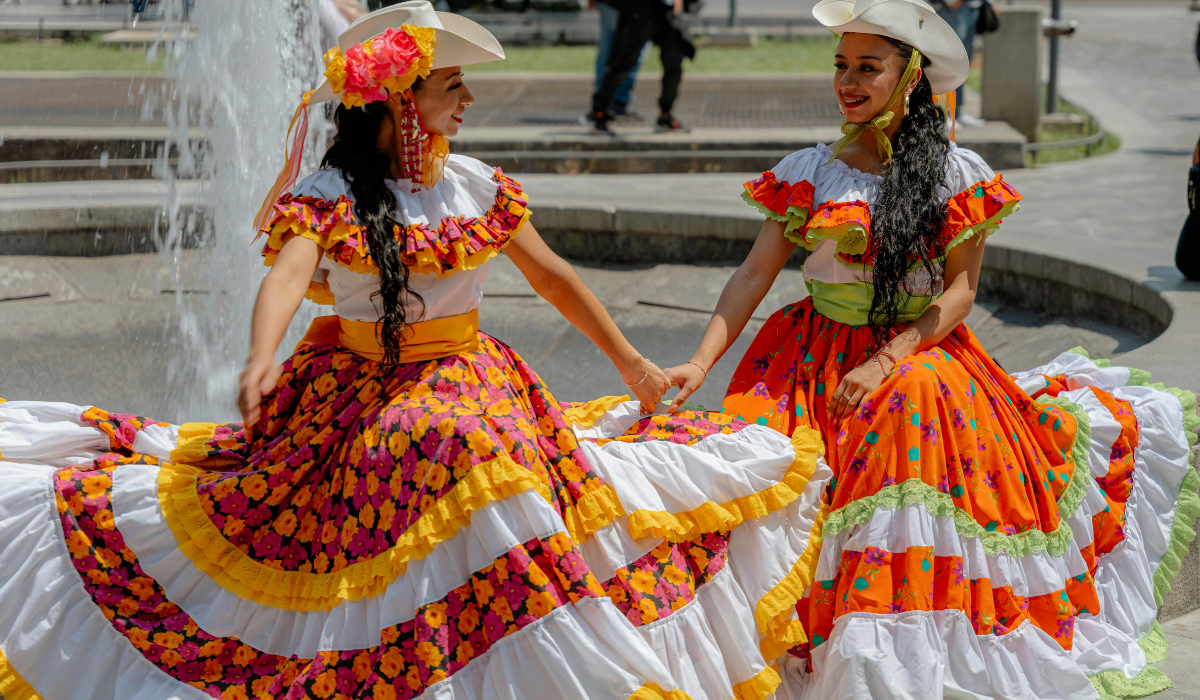The 1920s stand as one of the most transformative decades in women’s fashion history. The iconic image of the “flapper”—with her bobbed hair, cloche hat, and beaded dress—has become a symbol of rebellion, liberation, and the vibrant Jazz Age. But 1920s dresses for women were more than just a stylish trend; they were a direct reflection of profound social and cultural shifts. This article delves into the defining characteristics, influences, and evolution of these revolutionary garments, offering a detailed look at what made them so unique.
A Silhouette of Liberation: Breaking with the Past
The most striking change in 1920s fashion was the complete abandonment of the previous century’s silhouette. Gone were the S-curve corsets, long, restrictive layers, and voluminous, floor-length skirts of the Edwardian era. In their place emerged a radically new shape: the straight, columnar, and androgynous “tube.”
This new silhouette was characterized by several key elements:
- Dropped Waistlines: Perhaps the most defining feature. Waistlines fell to the hips, de-emphasizing the natural waist and creating a long, straight line from the shoulders to the hem.
- Shift-style Dresses: Dresses hung straight down from the shoulders, eliminating any emphasis on the bust or curves. This “garçonne” look (meaning “boyish”) sought to create a sleek, youthful figure.
- Shorter Hemlines: For the first in Western history, hemlines rose significantly, often to the knee or just below it. This was a shocking and powerful statement of freedom, allowing for greater mobility, especially for dancing the energetic Charleston.
The Fabrics of Modernity: Art Deco and the Jazz Age
The aesthetics of the era were deeply influenced by the Art Deco movement, which emphasized geometric shapes, bold patterns, and luxurious materials. This was reflected in the textiles and decorations of the day.
- Luxurious Materials: While popular culture highlights flashy sequins, day dresses were often made from soft, draping fabrics like silk, velvet, chiffon, and fine wool jersey. These materials moved with the body, enhancing the sense of freedom and fluidity.
- Beading and Embellishment: Eveningwear is where the 1920s truly dazzled. Dresses were lavishly embroidered with intricate Art Deco patterns using glass beads, sequins, and rhinestones. These designs often featured geometric motifs, sunbursts, florals, and Egyptian influences (spurred by the discovery of Tutankhamun’s tomb in 1922). The weight of the beads caused the dress to hang and swing in a specific way, adding to the dynamic movement of the wearer.
- Print and Pattern: Bold patterns were everywhere. Jazz-inspired designs, abstract art, and graphic geometric shapes were printed on day dresses, while artful handkerchief hems and layered chiffon created visual interest without beading.
Not Just the Flapper: A Spectrum of 1920s Style
While the flapper dress is the most remembered style, it primarily represented the daring youth and affluent urbanites. 1920s fashion encompassed a wider range of styles for different occasions and demographics.
- The “Afternoon” or Tea Dress: For daytime social events, women often wore dresses with a slightly higher waistline and a hem that was longer in the back than the front (a “fishtail” hem). These were less flashy than eveningwear but still featured the decade’s characteristic loose fit and beautiful patterns.
- The Robe de Style: Championed by designers like Jeanne Lanvin, this style offered an alternative to the boyish silhouette. It featured a fitted bodice with a dropped waist but revived a full, billowing skirt, often supported by hoops or petticoats. This appealed to women who still favored a more romantic, feminine look.
- Working-Class and Rural Wear: For many women, fashion changed at a slower pace. Their dresses adopted the simpler lines of the decade but were made from more practical, durable fabrics like cotton and had longer, more modest hemlines suitable for work and daily life.
The Cultural Forces Behind the Fashion
The dramatic shift in women’s dress was not arbitrary; it was fueled by massive social changes:
- Women’s Suffrage: The ratification of the 19th Amendment in 1920 granted women the right to vote. This newfound political power translated into a desire for social liberation, which was expressed through fashion.
- The Rise of the Automobile: As cars became more common, women needed practical clothing to get in and out of them. Long, cumbersome skirts were impractical for this new mode of transportation.
- The Jazz Age and Dance Mania: The popularity of jazz music and dances like the Charleston required clothing that allowed for unprecedented movement. The lightweight, loose dresses were perfect for kicking up one’s heels.
- The Influence of Coco Chanel: Designers like Coco Chanel were instrumental in popularizing the new aesthetic. She championed simple, comfortable, and sporty clothing for women, famously promoting jersey fabric and costume jewelry, arguing that luxury lay in freedom and comfort, not constraint.
Conclusion: A Enduring Legacy
The dresses of the 1920s were a sartorial revolution. They broke centuries of sartorial tradition and redefined femininity for the modern age. They were a visible, vibrant declaration of independence, reflecting women’s changing roles in society, their embrace of leisure and sport, and their newfound freedom of movement—both on and off the dance floor.
Today, the allure of the 1920s dress remains powerful. Its influence can be seen in contemporary fashion, from dropped waists and shift dresses to the ongoing love of sequins and art deco patterns. More than just a costume, it represents a pivotal moment when women stepped boldly into the modern world, and their clothes finally moved with them.
Informational FAQs
Q1: Did all women in the 1920s wear short flapper dresses?
A: No. The short, beaded flapper dress was primarily worn by young, modern, often urban women for evening events and parties. Older generations, women in rural areas, and those from more conservative backgrounds adopted the new looser silhouettes but often retained longer hemlines and more modest styling for daily wear.
Q2: What did women wear under these dresses to achieve the straight silhouette?
A: To achieve the fashionable flat-chested, straight-hipped look, women wore specially designed undergarments. The restrictive corset was replaced by a longer, elasticated girdle that smoothed the hips and torso. They also wore bandeaux to flatten the bust.
Q3: What is the difference between a 1920s dress and a “flapper” dress?
A: “1920s dress” is the broad term for all women’s dresses from the decade. A “flapper dress” is a specific subtype—typically a short, loose, embellished evening dress made for dancing, associated with the youthful “flapper” subculture.
Q4: Are original 1920s dresses valuable?
A: Yes, authentic dresses from the 1920s, especially well-preserved haute couture pieces or intricately beaded examples, are considered valuable antiques and are highly sought after by collectors and museums. The delicate fabrics and beading make finding them in good condition rare.
Q5: Why are 1920s dresses often associated with Gatsby-style parties?
A: F. Scott Fitzgerald’s novel The Great Gatsby (1925) perfectly captured the extravagance, energy, and fashion of the Jazz Age elite. The recent film adaptations have vividly brought this aesthetic to life, making “Gatsby” or “Roaring 20s” a popular theme for parties, where guests emulate the glamorous flapper style described and depicted.

